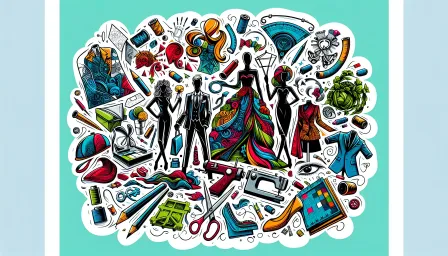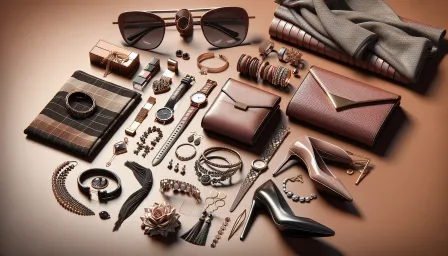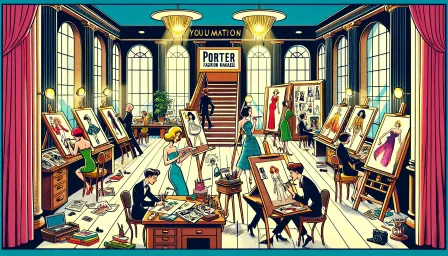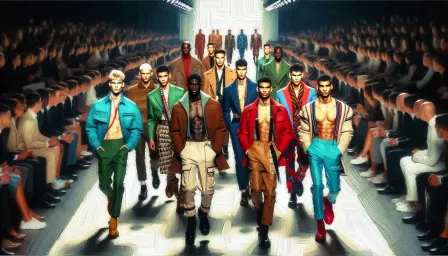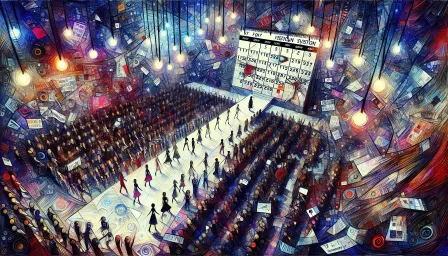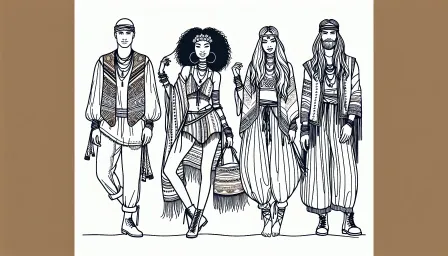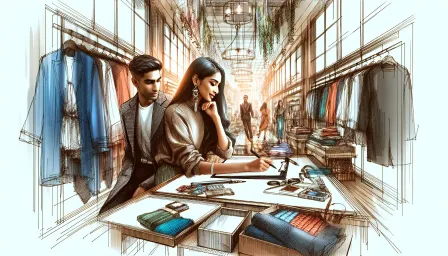Must-Know Fashion Photography Tips for Stunning Shots
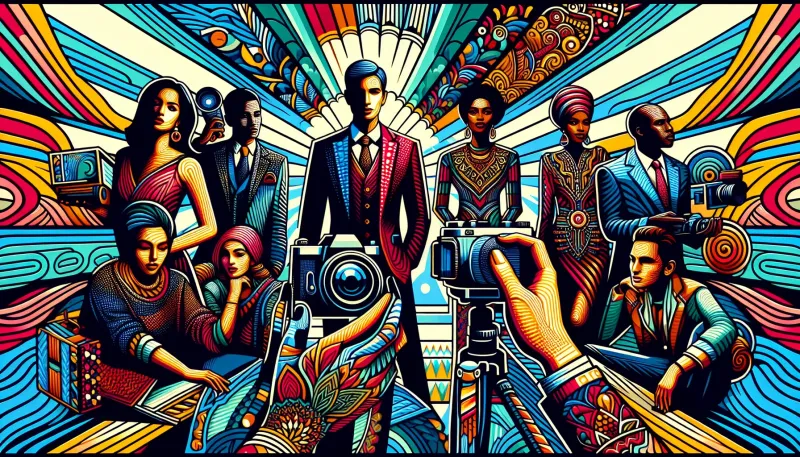
Discover essential fashion photography tips to elevate your shots. Learn techniques and best practices from industry experts.
Fashion photography is a dynamic and captivating art form that requires a keen eye for detail, creativity, and technical expertise. Whether you're aspiring to be a professional fashion photographer or simply looking to improve your skills, understanding the nuances of this art is crucial. In this article, we provide essential fashion photography tips to help you capture stunning shots.
Understanding the Basics of Fashion Photography
1. Master Your Camera and Equipment
To excel in fashion photography, you must be intimately familiar with your camera and photography equipment. This includes understanding your camera’s settings, lenses, and lighting gear. A high-quality DSLR or mirrorless camera with interchangeable lenses will provide the flexibility needed for different scenarios. Prime lenses, particularly those with a wide aperture, are ideal for portrait shots that highlight the model and blur the background.
2. Study Lighting Techniques
Lighting is one of the most critical components of fashion photography. Natural light can create beautiful, soft images, but it’s important to know how to manipulate it to avoid harsh shadows. Reflectors and diffusers can help control natural light. Additionally, mastering artificial lighting setups, such as studio lights and softboxes, allows for greater creative control. Understanding the principles of three-point lighting — key light, fill light, and back light — can significantly improve your compositions.
Creating a Compelling Composition
3. Focus on the Model
The model is the focal point of fashion photography. Communicate clearly with your model and build a rapport to ensure they feel comfortable. Provide direction on poses that highlight the clothing and accessories in the best way. Practice various poses and angles; this experimentation can lead to discovering unique and expressive shots.
4. Pay Attention to Background and Environment
The background plays a vital role in fashion photography as it complements the model and the theme. Whether shooting in a studio or on location, ensure the background is free from distracting elements. A clutter-free background with a pleasant color palette can enhance the overall impact of the image. For outdoor shoots, scout locations that provide interesting and dramatic settings that harmonize with the fashion statement.
Post-Processing and Editing Techniques
5. Use Professional Editing Software
Post-processing is an essential step in fashion photography. Editing tools such as Adobe Photoshop and Lightroom offer powerful features for enhancing images. Focus on adjusting exposure, contrast, and color balance to bring out the best in your shots. Retouching is also crucial in fashion photography to correct skin imperfections, adjust lighting, and enhance texture. However, strive for a natural look to maintain the authenticity of the image.
6. Develop a Consistent Style
Developing a signature editing style will make your portfolio stand out. Consistency in color grading, lighting effects, and overall aesthetic creates a recognizable brand. It’s important to experiment and find a style that resonates with both you and your potential clients.
Advanced Fashion Photography Tips
7. Experiment with Different Angles
Shooting from varying angles can dramatically change the perception of an image. High angles can create a sense of power and superiority, while low angles can make the model appear more dominant. Side angles can add depth and interest to the composition. Experimenting with perspective helps in finding the most flattering and impactful shots.
8. Incorporate Movement
Fashion photography does not always have to be static. Adding movement can bring dynamism and life to your images. Encourage the model to walk, dance, or move naturally. Capturing movement requires a fast shutter speed to freeze the action, or a slow shutter speed to create artistic blurs, depending on the desired effect.
Preparing for a Fashion Shoot
9. Plan Your Shoot
Preparation is key to a successful fashion shoot. Develop a mood board with inspiration images, color schemes, and style ideas. Plan the wardrobe, makeup, and accessories in conjunction with the theme. Coordinating with the entire team, including stylists, makeup artists, and models, ensures that everyone is aligned with the vision.
10. Conduct Test Shoots
Test shoots allow you to experiment with lighting, poses, and equipment without the pressure of a professional shoot. They provide an opportunity to refine your techniques and try out new concepts. Reviewing test shots helps in identifying potential issues and making necessary adjustments before the actual shoot.
Building a Strong Portfolio
11. Showcase Your Best Work
As a fashion photographer, your portfolio is your most important asset. Curate a selection of your best images that demonstrate versatility and creativity. A strong portfolio should include a variety of shots, from close-up portraits to full-body fashion images. Ensure that your portfolio is professionally presented, either online or in print format.
12. Network and Collaborate
Networking is essential for building a career in fashion photography. Attend industry events, connect with other professionals in the field, and collaborate on creative projects. Working with different models, stylists, and brands can provide valuable experience and exposure. Building a strong network opens up opportunities for growth and collaboration.
Conclusion
Fashion photography is as much about artistry and creativity as it is about technical expertise. By mastering your equipment, understanding lighting, creating compelling compositions, and refining your post-processing skills, you can elevate your fashion photography to new heights. Remember to continuously experiment, learn, and collaborate to expand your horizons. Use these essential fashion photography tips to capture stunning shots that resonate with your audience and reflect the beauty of style and design.




